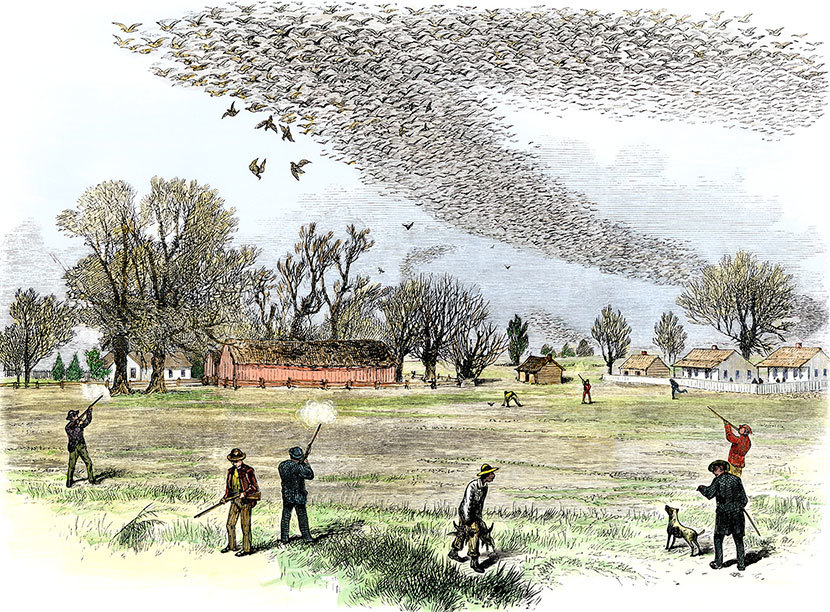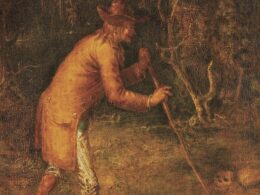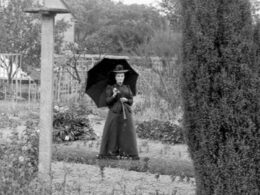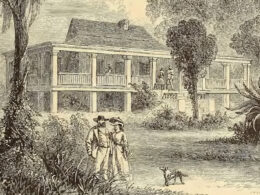Gene Stratton-Porter (1863–1924)
From American Earth: Environmental Writing Since Thoreau

The list of best-selling fiction from 100 years ago, in 1921, includes such still-widely-known novels as Sinclair Lewis’s Main Street (#1) and Edith Wharton’s The Age of Innocence (#4). Also on the list, at #8, was Her Father’s Daughter by Indiana novelist Gene Stratton-Porter, one of the best-selling authors of her age. In fact, of her twelve novels, six of them ended up in Publishers Weekly’s annual top-ten list—and one of them (The Harvester) twice. By the time of her death in 1924, her books had sold in excess of ten million copies.
Most of her novels are forgotten, although A Girl of the Limberlost and Freckles still occasionally attract the attention of younger readers. Yet Stratton-Porter had an unusual arrangement with her publisher: her contract allowed her to alternate between the “wholesome” (and, it is fair to say, saccharine) novels for which she was famous and the nature books that were her passion but didn’t sell as well.
One contemporary critic who found Her Father’s Daughter an “impossible” read acknowledged that Stratton-Porter was “primarily a naturalist, one of the foremost in America” and that her “sentimental novels” were vehicles in which “her observation of nature is brought to the attention of America. I have no doubt that she has led millions of boys and girls into the study of natural objects; that she has accomplished in this way much permanent good.” Similar opinions can be found in book reviews throughout her life: cringing at her plots and characters while appreciating the attention paid to the natural world. “Their interest lies, not in the story, but in the background and atmosphere, in the sense of outdoor life and sunshine and the sheer jubilant joy of living,” wrote another prominent critic at the time.
Today, readers are more likely to find Stratton-Porter’s name in books on nature and environmental writing than in literary histories. Bill McKibben included her essay on the extinction of the passenger pigeon in the LOA anthology American Earth, and we present it in full at our Story of the Week site.



